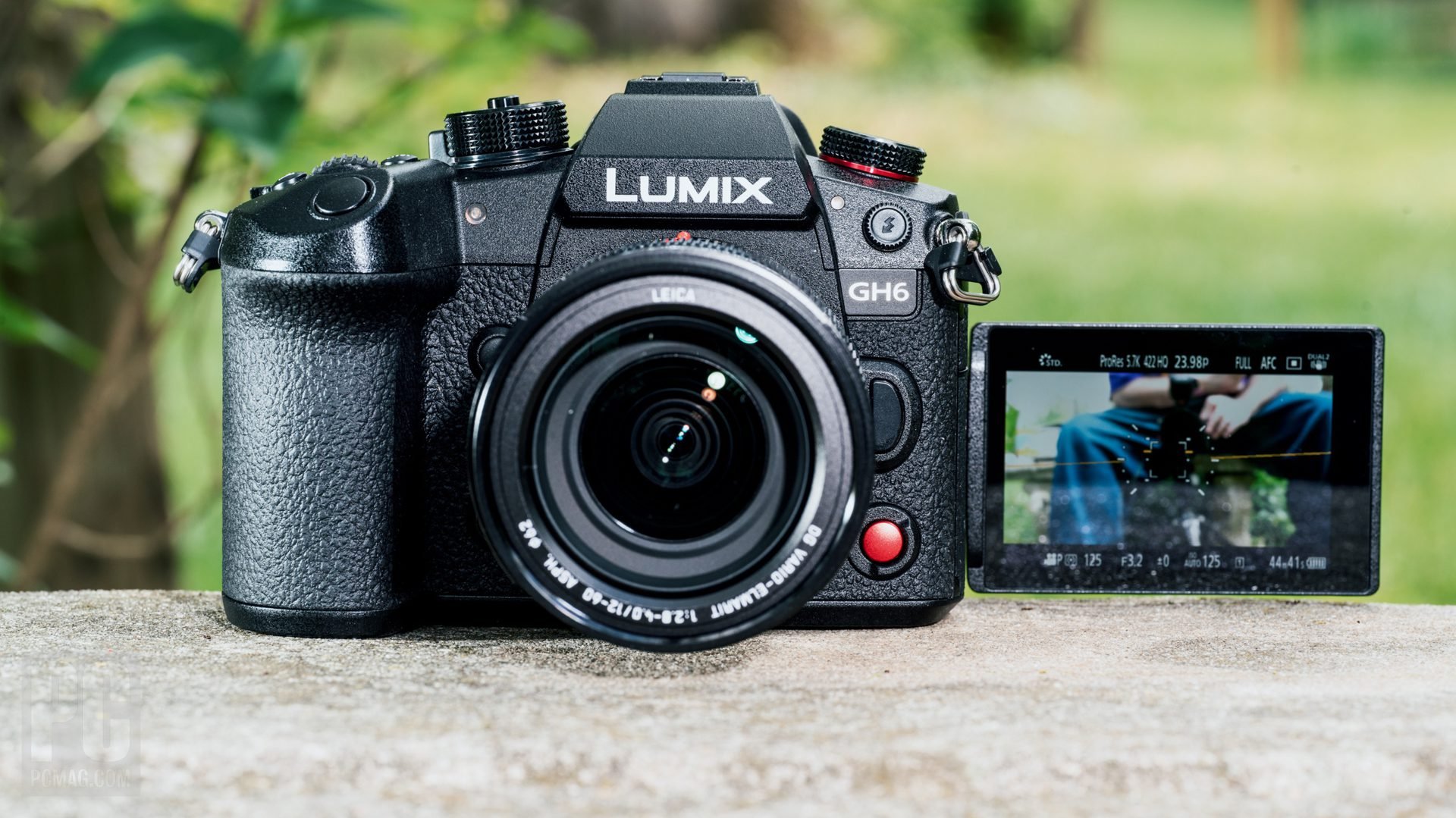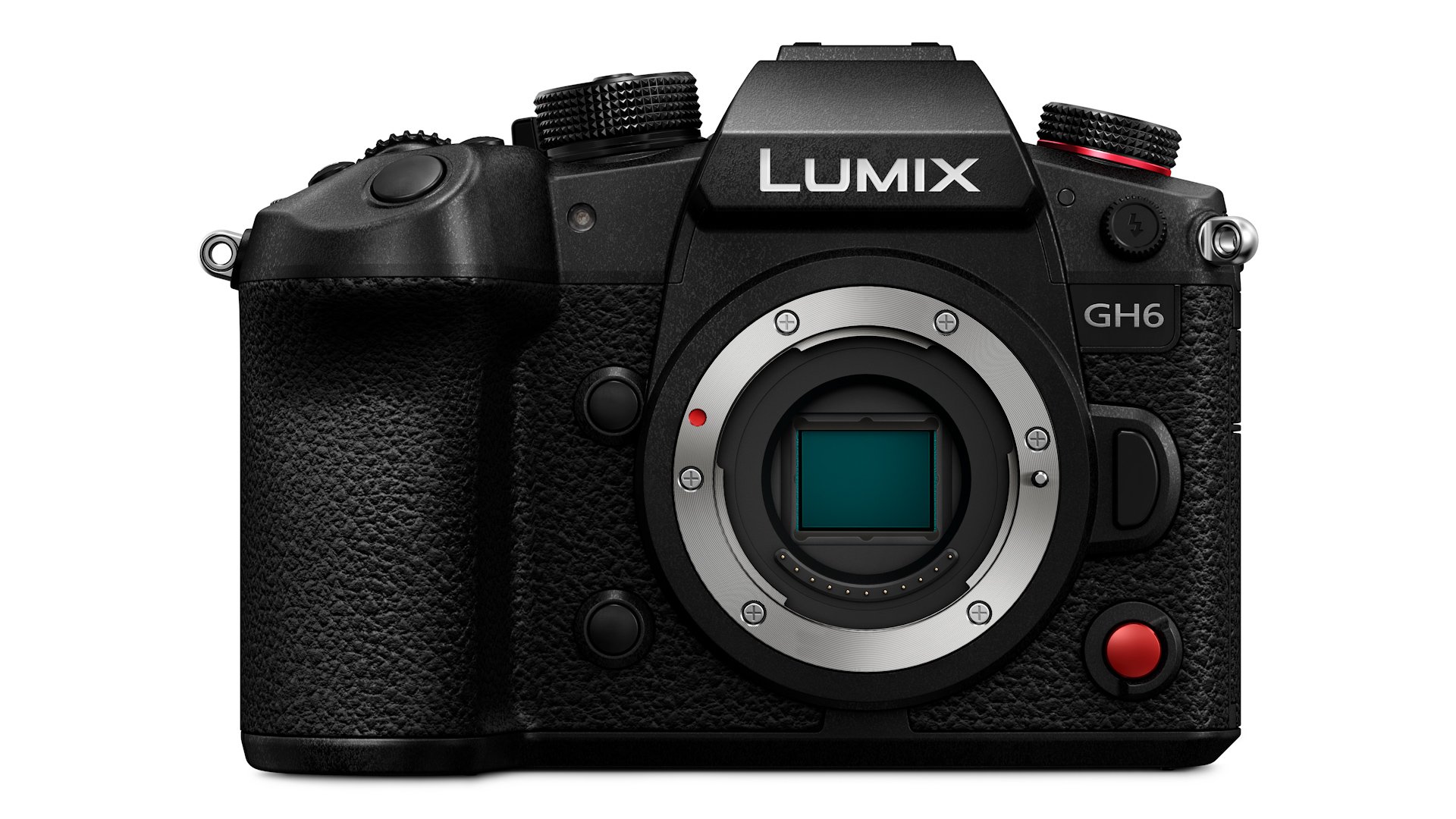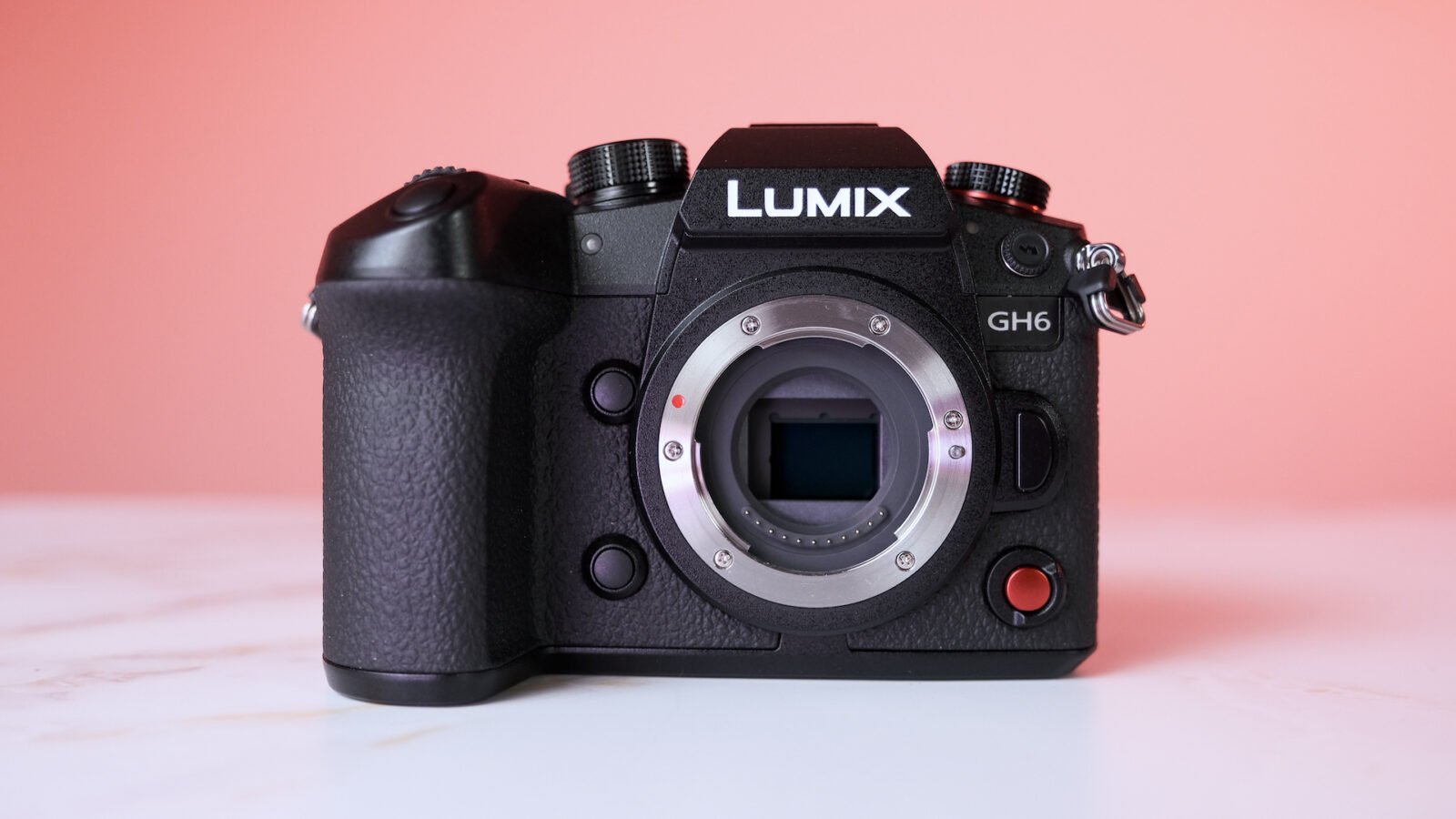Panasonic GH6 Review: The Micro Four Thirds Maverick Returns

For years, the Panasonic GH series has been the unsung hero of the indie filmmaking world, a line of cameras that consistently punched far above its weight class. With the GH5, Panasonic cemented its reputation for delivering professional video features in a compact, affordable body. Now, after a long wait, the Panasonic GH6 has arrived. It enters a radically different market, one saturated with full-frame mirrorless powerhouses. The question isn’t just whether the GH6 is a good camera, but whether a Micro Four Thirds (MFT) video flagship can still carve out its place in 2023 and beyond. The answer, for a specific type of creator, is a resounding yes.
Performance and Pro-Level Video
At the heart of the GH6 is a new 25.2MP MFT sensor, the highest resolution yet for the system. Paired with a new Venus Engine processor, this combination unlocks a staggering array of video recording options that are simply unmatched at this price point. We’re talking 5.7K up to 60p in ProRes, 4K 120p for silky slow motion, and a full suite of 10-bit 4:2:2 options. The ability to record Apple ProRes 422 HQ internally to a CFexpress Type B card is a game-changer, drastically simplifying post-production workflows for serious creators.

Panasonic’s new Dynamic Range Boost mode is another headline feature. By simultaneously reading the sensor at two different ISO levels and combining them in-camera, it delivers a noticeable increase in dynamic range, particularly in challenging, high-contrast scenes. While the smaller MFT sensor still can’t defy the laws of physics in extreme low-light situations when compared to a full-frame rival, this new tech, combined with improved noise reduction, makes the GH6 the most capable low-light MFT camera to date. It holds its own admirably up to ISO 6400, producing clean, detailed footage that was previously out of reach for the system.

Design, Cooling, and Ergonomics
The first thing you’ll notice about the GH6 is its size. It’s a chunky, robust camera, noticeably larger and heavier than its predecessor. While this may disappoint MFT purists who prize portability, the added bulk serves a critical purpose: heat management. The GH6 incorporates an active cooling fan, a feature typically reserved for dedicated cinema cameras. This isn’t a gimmick; it allows for truly unlimited recording times in even the most demanding codecs, with no threat of overheating. For event shooters, documentarians, and interview setups, this reliability is priceless.
The ergonomics are superb. The grip is deep and secure, buttons are well-placed and tactile, and the addition of front and rear tally lights is a thoughtful touch for professional environments. Perhaps the best physical upgrade is the new tilting, free-angle rear LCD screen. It combines a traditional flip-out vari-angle mechanism with a tilt function, meaning you can articulate the screen without it ever blocking the full-size HDMI or USB-C ports—a brilliant piece of engineering that solves a common frustration for videographers.

The Best and Worst Features
Let’s start with the best: the in-body image stabilization (IBIS). Panasonic claims up to 7.5 stops of correction when paired with a compatible lens, and the results are simply astonishing. It produces incredibly smooth, gimbal-like handheld shots, allowing for a level of creative freedom that is difficult to overstate. It’s arguably the best IBIS system on the market today.
Now for the elephant in the room: autofocus. The GH6 continues to use Panasonic’s contrast-detect Depth from Defocus (DFD) system, forgoing the phase-detect AF that has become the industry standard. While it is faster and more intelligent than in any previous Lumix camera, it remains the camera’s single biggest weakness. For single shots and subjects with predictable motion, it performs well. However, for continuous tracking of fast or erratic subjects, it can hunt and pulse in a way that systems from Sony, Canon, and Fuji simply do not. If your work relies heavily on flawless continuous autofocus, the GH6 will be a source of frustration.
Final Verdict: A Niche Masterpiece
The Panasonic GH6 is not a camera for everyone. It’s not the vlogger’s perfect run-and-gun tool, nor is it the hybrid shooter’s do-it-all dream. Instead, it is a specialized, unapologetic video production machine. It’s for the filmmaker who understands manual focus, values codec flexibility, and demands absolute reliability. When you consider its unparalleled internal recording options, world-class stabilization, professional I/O, and active cooling—all in a body that costs significantly less than its direct competitors—the value proposition becomes crystal clear.
If you are a solo operator, an indie filmmaker, or a small production house looking for a primary A-cam or a powerhouse B-cam that won’t overheat or force you into a complicated workflow, the Panasonic GH6 is an absolute triumph. It’s a testament to the idea that the right tool isn’t always the one with the biggest sensor, but the one built with a clear, uncompromising purpose.
Where to Buy:
Panasonic GH6 Quick Summary
Key Scores:
- Value: 93%
- Design: 94%
- Performance: 91%
- Quality: 92%
- Popularity: 90%
Top Pros
- ✅ It offers an unparalleled suite of professional video recording options.
- ✅ Class-leading in-body image stabilization smooths out handheld footage wonderfully.
- ✅ Active cooling enables truly unlimited recording without any overheating issues.
- …
Key Cons
- ❌ Its contrast-based autofocus system lags significantly behind competing cameras.
- ❌ The larger, heavier body diminishes the traditional Micro Four Thirds advantage.
- ❌ Low-light performance is improved but still trails larger sensor rivals.

















